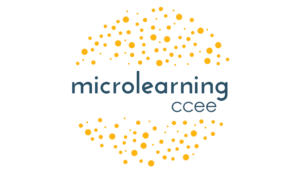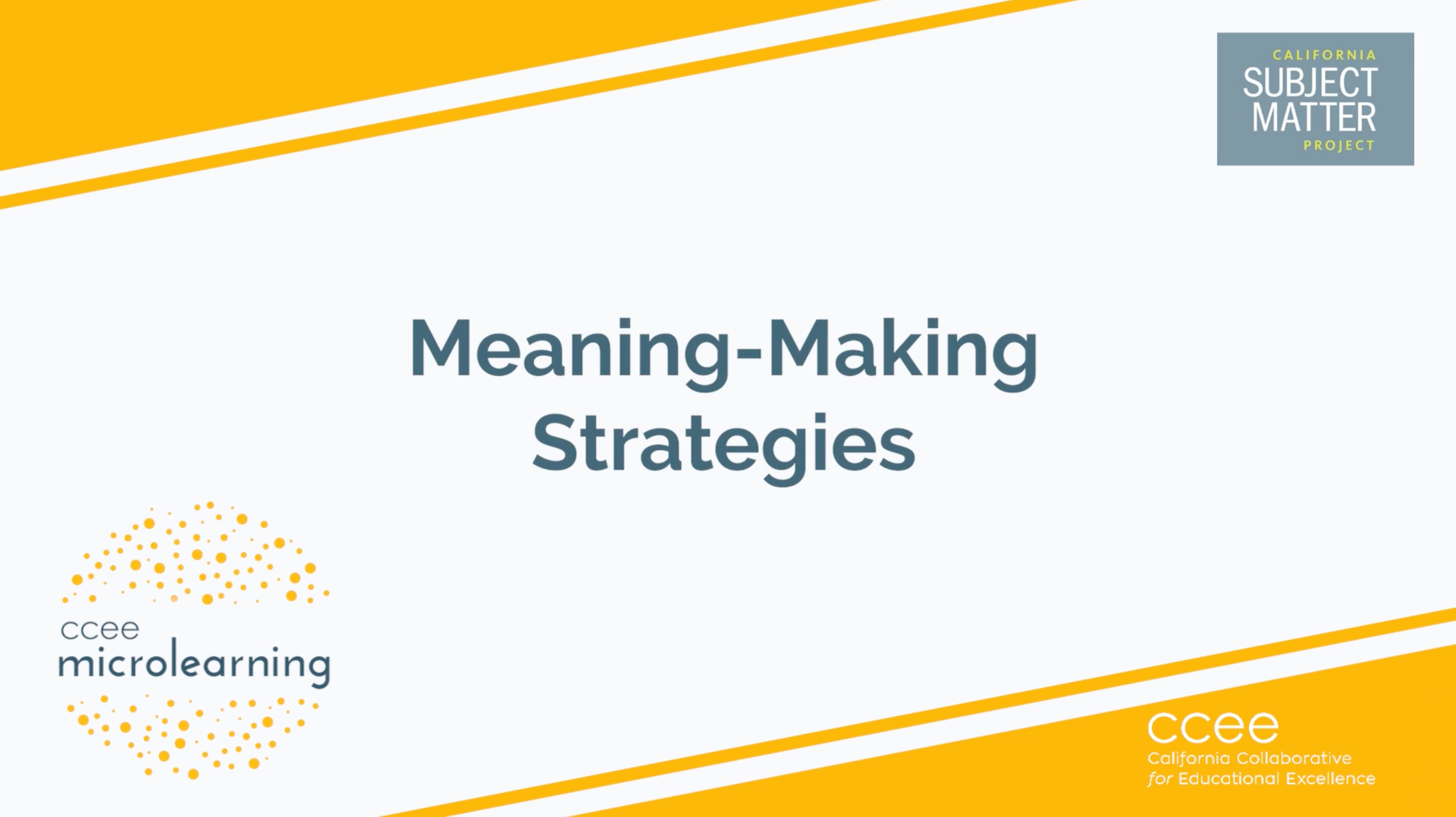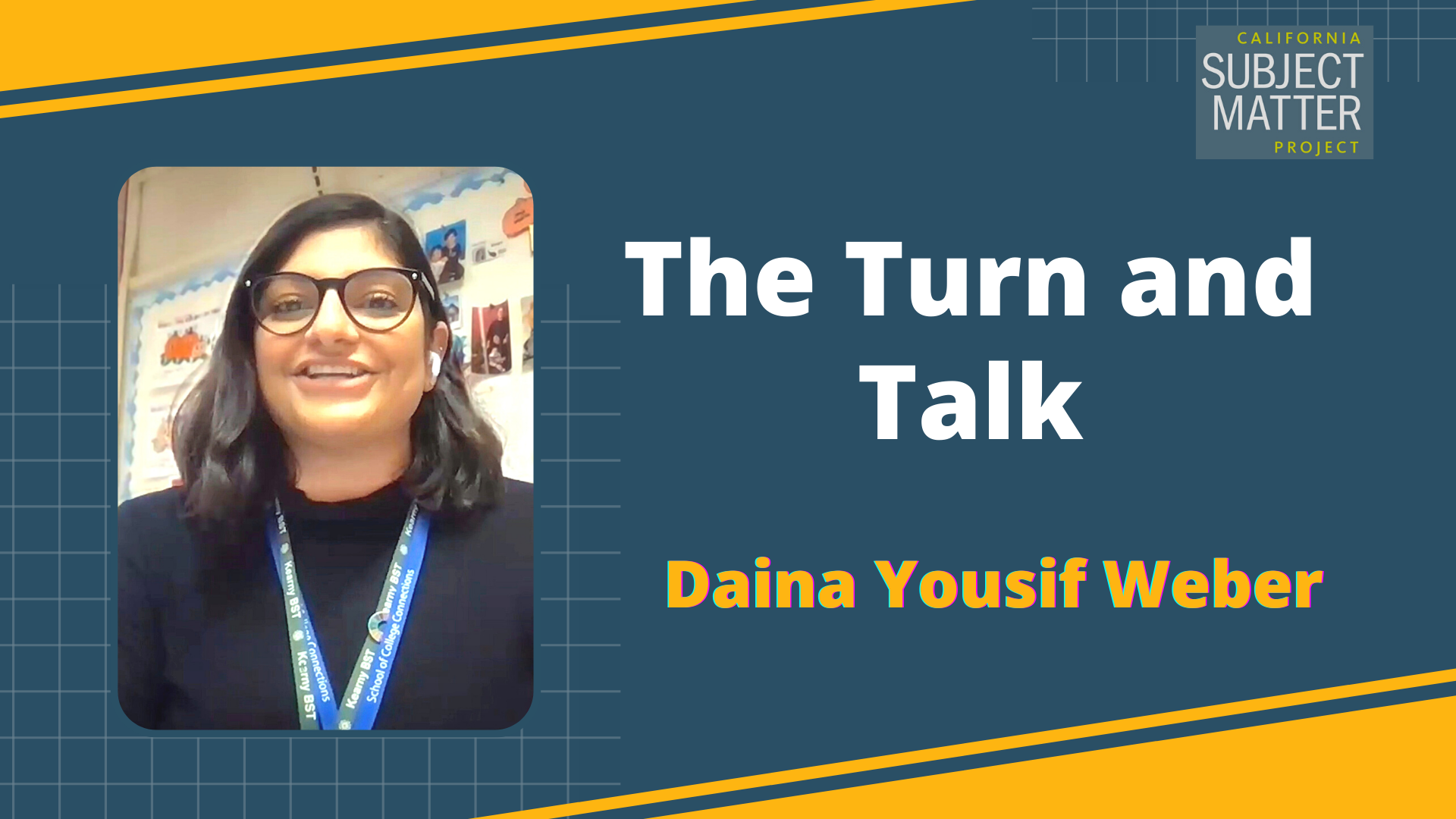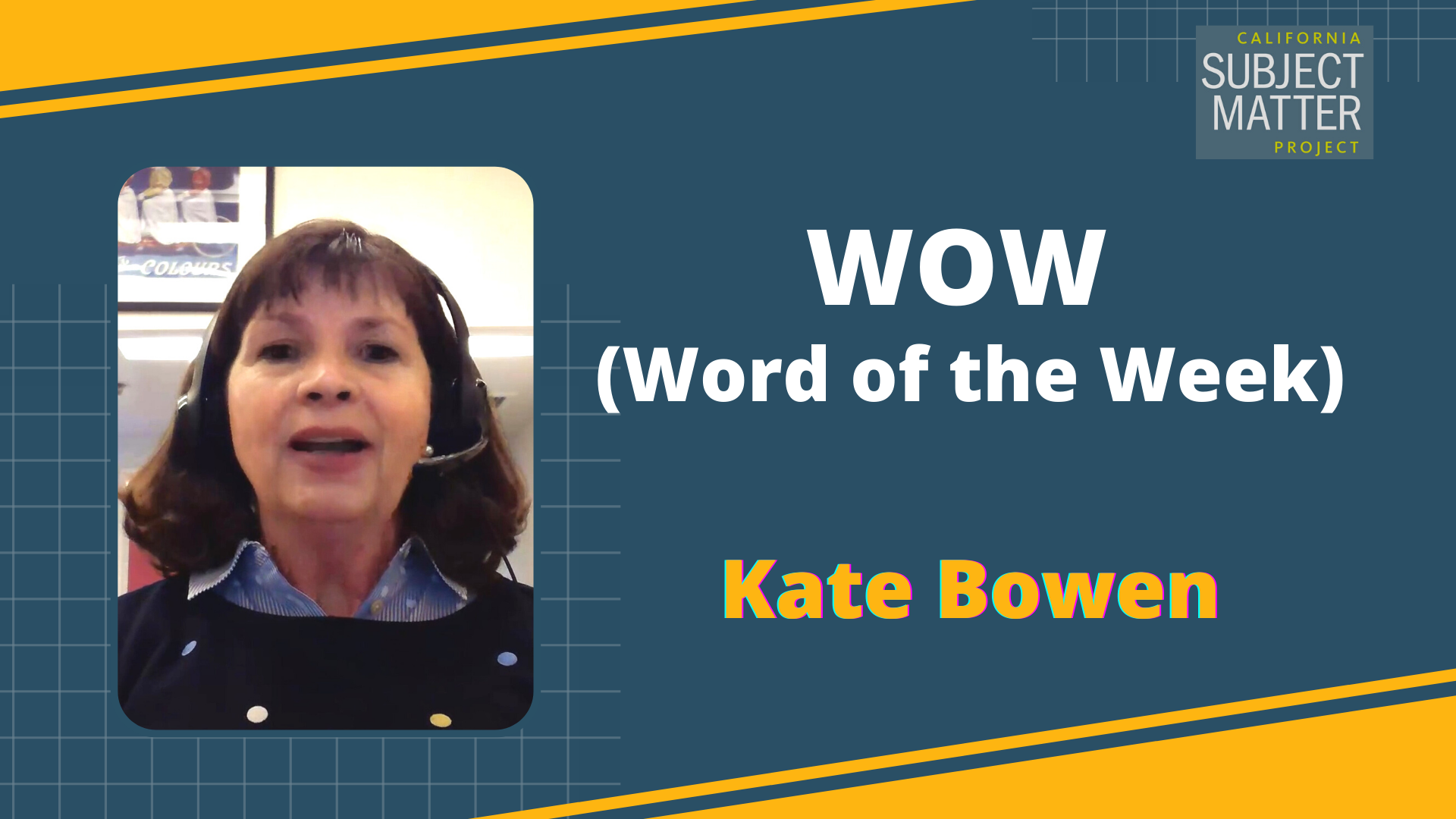Watch the Video
Presenter
Nancy Perez, Spanish teacher at El Diamante High School in Visalia, California with Visalia Unified School District, and also a teacher leader of California World Language Project.
Transcript
Hello everybody. My name is Nancy Perez and I am a Spanish teacher at El Diamante High School in Visalia, California with Visalia Unified School District, and I’m here representing California World Language Project. The strategy that I’m going to present to you is the “Name Acrostic”, and we’re gonna use this activity to engage the students into talking about themselves, bragging about who they are in their identity. If we’re teaching foreign language, we want them to use the target language, we want them to use the level of the target language that they’re practicing that they’re studying and this could be just as simple as having words or complete phrases, depending on the level of proficiency that they have.
This can also be done in English, and again, this is going to help the students with their proficiency and it’s going to help them with their writing too. And at the same time, they’re going to be connecting this activity to their personal life, and they’re going to be proud of who they are, what they can do, and the things that they learn, the things that they like.
And so what we want to do is, first of all, we want to start by showing them what we want them to do. And so the first thing I do is I put the question and for the question on top is “who am I?” So I have an example right here, and so it is who am I? And then what we do is we put the students name going down and then on the bottom, this is who I am.
So what we do is we use their initials of their letter of their name to come up with things or ideas, sentences, words that reflect who they are. I like to start with my name, I ask questions like, “Who am I? Describe myself? Where am I from?” They don’t have to start with the letter that they’re using so they can have the letter in the middle of the word, they can have the letter in the beginning of the word, or they can have it at the end. This is good because sometimes they have their names count with a Y or with a Z and so it’s difficult for them to start to get a word that is going to start with that letter. So that’s why we say it’s okay if it has it in the middle, it’s okay if it has it at the end. And that’s why we want to make sure that they know the expectations, they know what we want them to do. And then after we finish with the example, we do the whole thing on the board. Then we give them the papers and we give them first of all, a pencil because we want them to do a draft.
And so, as they’re writing, as they’re putting their names, what I’m doing is I walk around to give them also some feedback on, you know, if they get stuck with the letter or they get stuck with the name, or if they don’t feel comfortable with their whole name but they want to use their nickname, that’s something that they can use too as well.
Once they finish, then I have them turn to their partner to get some peer editing. And so what they do is they get feedback from a partner and sometimes we do it with two people so they turn to one and then they turn to the other, and what they do is they get feedback to any spelling or anything, any additions that they can do.
And what is it that we want them to talk about? Well, we want them to talk about things that they like: the music that they like, the movies that they like. What do they like to do on the weekend? How are they friends? Describe their family, describe their favorite person and their family. What are some traditions that they do? What are they eating for Christmas? So all of that is going to be part of their identity, all of that is going to be part of who they are, and this is what we want them to show us in their paper.
So after they finish with the peer editing, then they start with the final product. And so we give them another piece of paper. This is where we give them the colors, make sure that you have plenty of colors, you have markers. If you have any kinds of stickers that they may use, they love that, any stamps, I know a lot of us have stamps around. What we want is we want them to be creative. And this is why it’s very important that we show them examples of previous works so that they see what the expectation is.
And then after that you walk around the classroom. One of the tips I wanna tell you is that I ask my students to ask two people before they ask me. So they really buy into the idea of showing who they are, how they’re using their creativity. And with that, I hope you find this strategy helpful, and I hope you like it and your students like it and, again, you can use it at any level. And the most important thing too is just to have fun. Have fun with the activity and let the students also have fun.
Accompanying Materials & Resources
- Quick Guide: Name Acrostic (PDF – 1 Page)
- Name Acrostic with Nancy Perez Slides (Powerpoint)
- Name Acrostic with Nancy Perez Slides (PDF)



